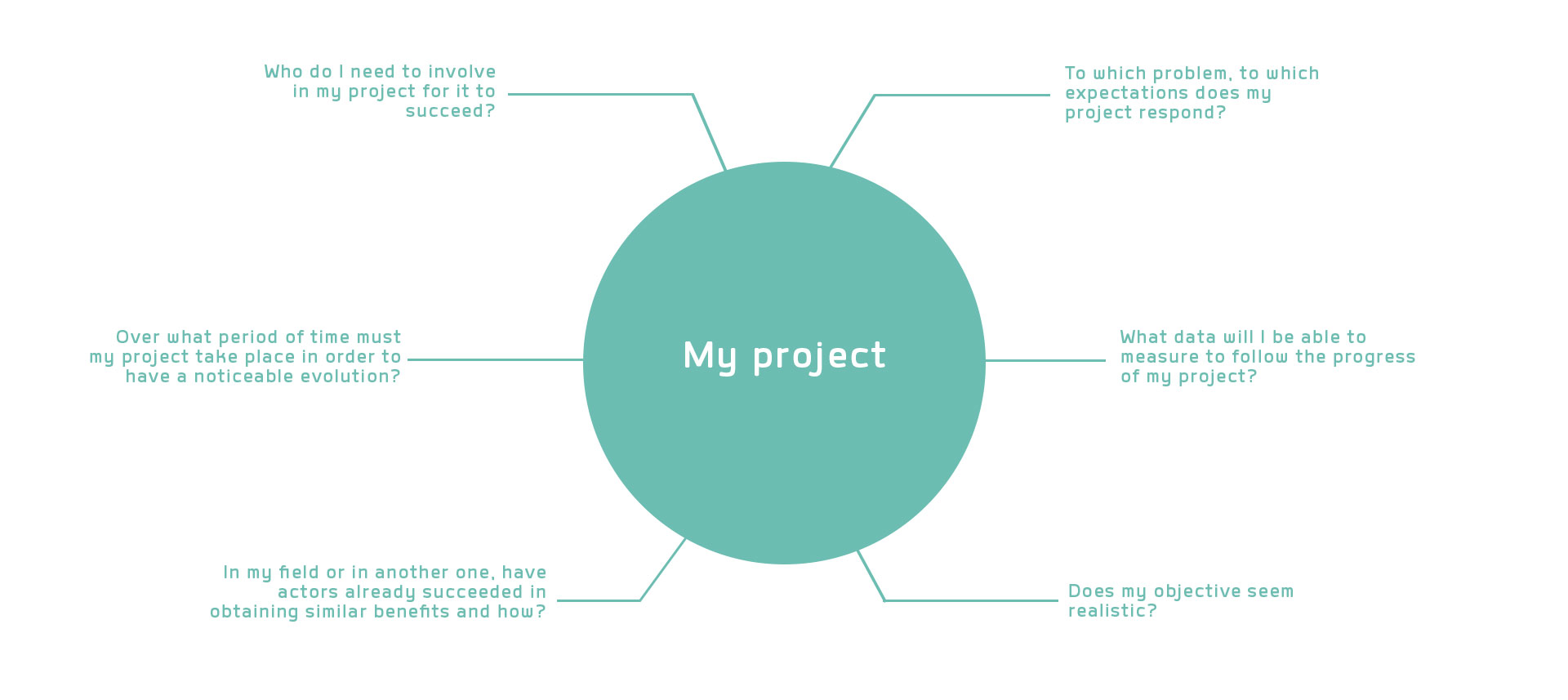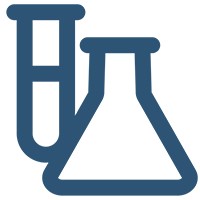Succeeding in IoT project
The key steps
The key steps
Getting involved in an IoT project is not always easy. For those who haven’t yet dared to take the plunge, here are some key tips to get your IoT project off to a good start.

Before embarking on an IoT project, it is important to think about the project as a whole and to precisely define the objectives and therefore the benefits or new opportunities that arise from it. What are your needs? Which objectives do you want to meet? What is the expected result? It is important to project yourself towards the end of the project in order to prepare it as well as possible and to choose the right elements to constitute it. The defined objective must be concrete, for example: to reduce by x% a machine’s immobilization, to make x% savings on its energy bill (electricity, gas and water) …
We often speak of SMART objectives, i.e. Specific, Measurable, Attainable, Achievable and Temporally defined.
Here are some examples of good questions to ask yourself when preparing your project according to adeunis:

As mentioned above and in order to demonstrate the results of the project you need to have measures to compare before and after the implementation of the IoT project, but above all you need to have defined indicators of success as soon as the project is implemented. These KPIs (Key Performance Indicators) will allow you to measure the progress of your project and to be able to react accordingly. If these indicators have not been clearly defined from the start of your project, then it will be difficult to prove its effectiveness (or not) in an objective and unquestionable way.
This is therefore an unavoidable step for its successful implementation.

After defining the objectives and the framework, it is time to organize and implement your project.
What material do you need? What technologies will enable you to meet your challenge?
Private network? Public network? Which sensors? How many sensors?
In order to best prepare the implementation of the project it is essential to be able to qualify it. The answers provided will serve as a basis to define the concrete needs for its implementation:

In an IoT project, many parameters have to be taken into account. Some of these parameters will be carried by the company itself, since it has the skills internally, or will be carried by external partners who will accompany it. It is therefore important to identify them and to know them well, in order to determine what will be developed internally or deployed by one or more partners to be selected:

Connected sensors

Connectivity

Deployment and integration

Data storage location

Sensor management platform

Data analysis platform
For each of these parameters, the question to ask is “Is my company able to provide this element or does it have the in-house expertise to do so?”.
Then, depending on your needs, you can turn to different actors of the IoT value chain, namely:

Once the project is framed and the components of the IoT chain defined, it is time to test the solution on a pilot site. The objective is to validate the hypotheses put forward by demonstrating that the concept works in real conditions and that it meets the final objective.
This step allows to remove doubts, to adjust some elements to ensure the final success of the project on a large-scale launch and to convince internally the decision-makers. It allows us to project ourselves serenely into the future.
Conducting tests on a pilot site can take a certain amount of time in the overall project schedule, but above all, it saves precious time later on by preventing delays from getting longer in the face of poorly anticipated difficulties.
The analysis of the results obtained on this pilot site in relation to the target indicators will make it possible to identify the remaining steps to finalize the project, to adjust certain elements if necessary and, above all, to project the benefits on the scale of the overall project.

In order to deploy the project on a large scale, it will have been necessary to test all the following steps on the pilot site and to have determined the desired policy for each of these steps by your company.

Configuration and pre-wiring
Before installing your sensors on site, it is necessary to have the right configuration to meet your project. The configuration phase can be carried out upstream at the sensor manufacturer’s premises or can be carried out upon receipt of the sensors, before installation. The configuration can be done sensor by sensor or on batches of products using dedicated tools, locally or remotely through the network. Depending on the size of the project, the choice of one solution or another can have a considerable impact on the time allocated to this configuration and therefore on its cost. This is therefore not to be neglected during the test phase.
It is also during this stage that the pre-wiring of the sensors will be carried out, if necessary.

Radio-mapping
The radio-mapping field study carried out with the help of a network tester, will give valuable indications on the network to be chosen and on the optimal location of each sensor.
This phase can be carried out on the sites to be equipped before the deployment phase to ensure good coverage on the sites by the selected network but also to adjust the coverage if necessary (repeaters, additional gateways, etc.). It is also advisable when deploying devices to ensure their ideal location, which will promote autonomy and good network reception. These recommendations can be carried out by a network expert or independently by the installers.

Sensor installation and start-up
During installation, it is necessary to respect the recommendations given during the previous radio mapping phase but also important to check that your sensors comply with radio standards.
It is during the installation that your project comes to life since the sensors will start transmitting their data after they are started. It is then necessary at this stage to check the proper functioning of the complete chain to avoid unnecessary travel afterwards. Before starting the sensors, make sure that they have been correctly declared beforehand on the operator platforms or in your Gateway and that the data is correctly transmitted.

Decoding
In order to analyse the collected data, it must be decoded. Two solutions exist. Either you call upon a partner providing the processing platform. He will then take care of decoding the chosen sensors and putting the data “in shape”. Either you integrate this data into your own system and you will have to implement the frames. The manufacturers of the connected sensors provide the documentation that allows you to decode the frames. Some suppliers even provide CODECs to facilitate this integration.
The integration in your IS is not to be neglected, because the processing of information is the keystone of an IoT project. A sensor that is difficult to integrate or difficult to interpret can, very quickly, become an obstacle to deployment at scale.

Once the products have been integrated and correctly decoded, the chain is almost complete and the project is finally set up.
Once the products are integrated and correctly decoded, the chain is almost complete and the project is finally implemented.
The data can be made available to contributors and analyzed over time.
It is from this moment that the exploitation part of the project and the analysis of the previously defined indicators begins.
New associated services can be implemented, returns on investment can be calculated, new processes can be analyzed or even user satisfaction can be observed.
Now that all the building blocks have been deployed, the aim is to ensure that this operation is sustainable over time.
Monitoring the solution over time
Analyzing your data over time seems natural to you, since they are the very essence of your projects. What seems less obvious, however, is the supervision over time of your sensors. Yet it is the key to the sustainability of your project.
Indeed, if it may seem simple to manage a fleet of a few dozen sensors on a site, it is quite different when it comes to managing hundreds or even thousands of sensors spread across the territory on a daily basis. Why risk impacting the ROI of your project when you can predict what is going to happen to your fleet of sensors and thus anticipate your interventions on site?
To learn more, we invite you to read our article dedicated to the maintenance of sensors in operational conditions.
In conclusion, note that the essential thing remains to prepare your project well and define its framework perfectly. You are now ready to start your IoT project!
expertise to support you, from the diagnosis to the implementation of your solution
Subscribe to our newsletter!
Your e-mail address is only used to send you our newsletter and information about our company. You can unsubscribe at any time using the link included in each email.
